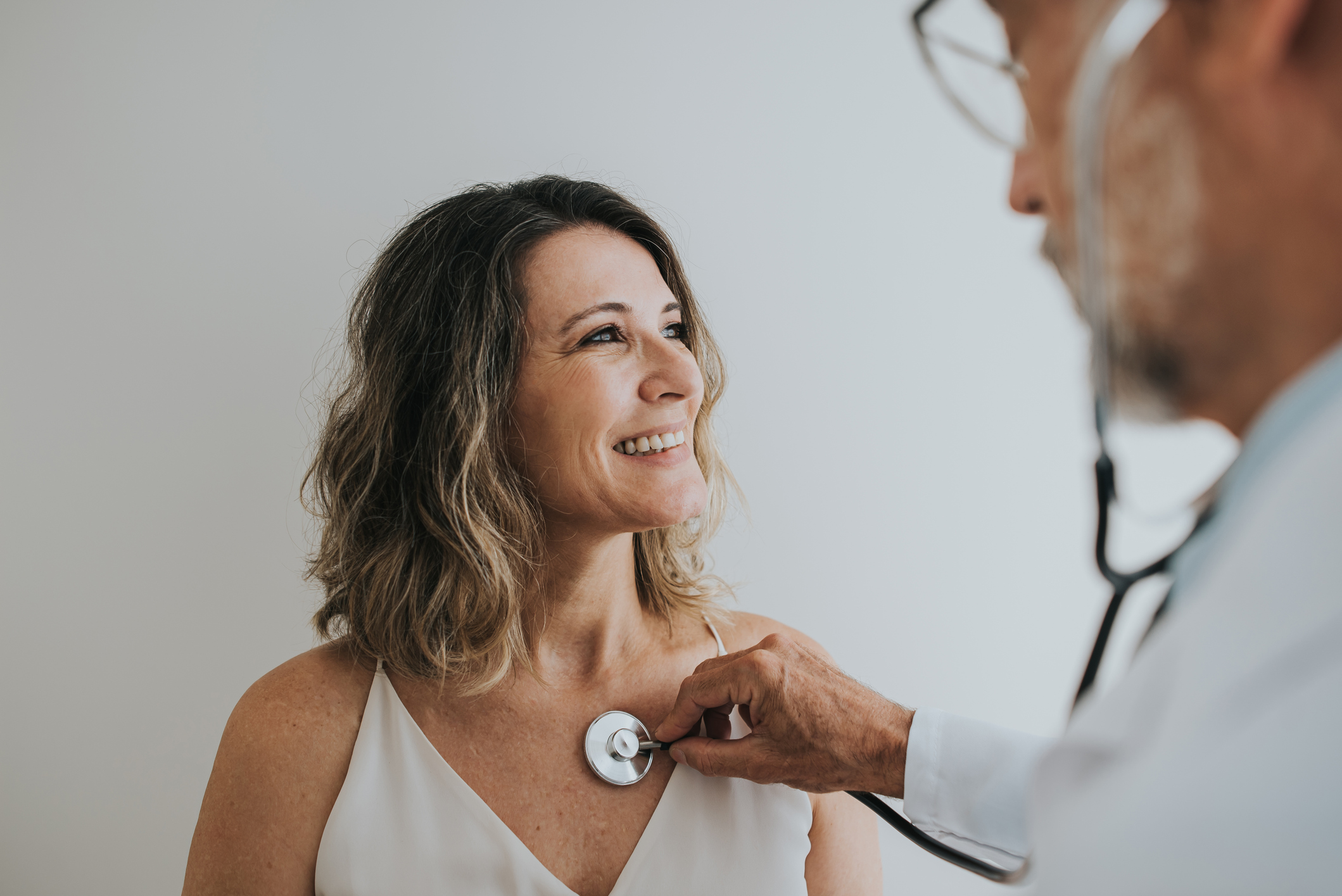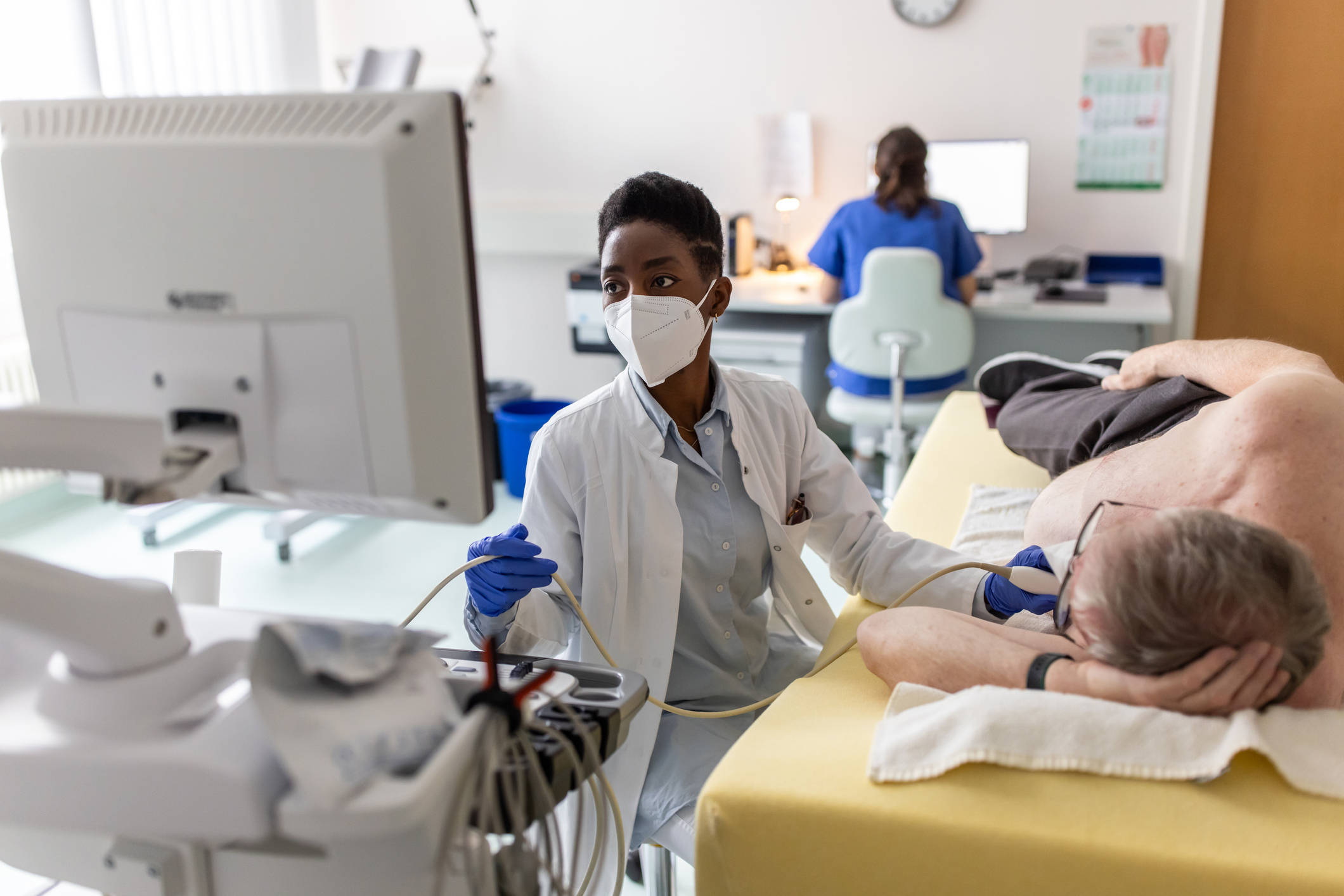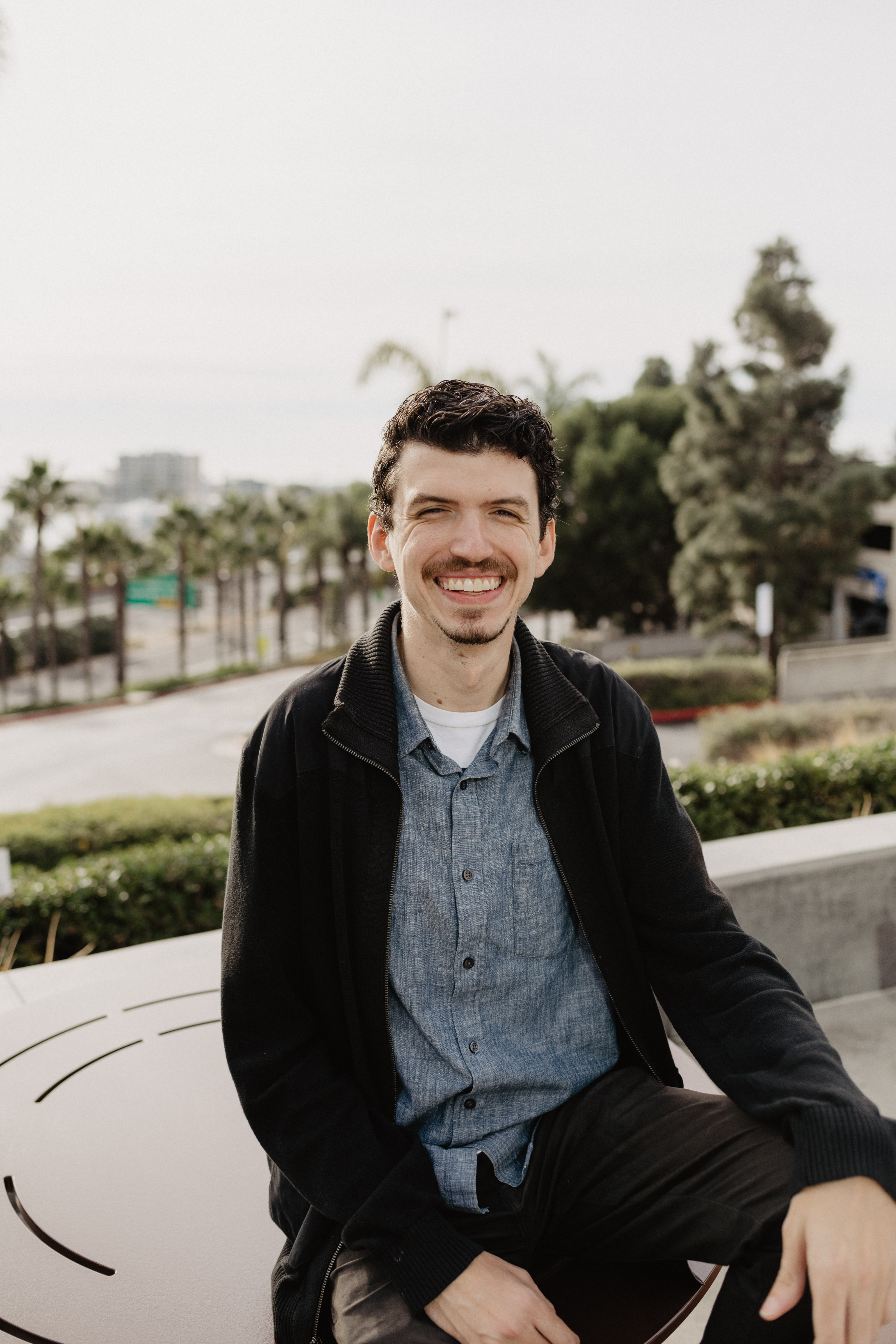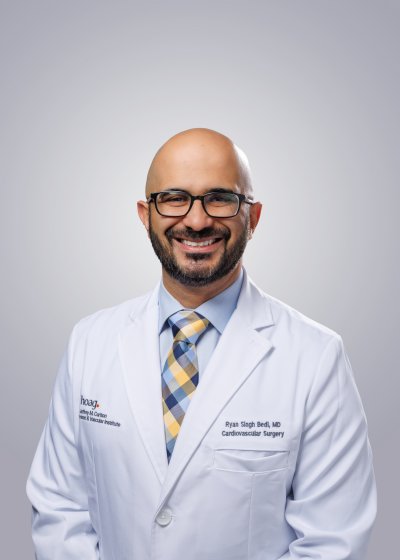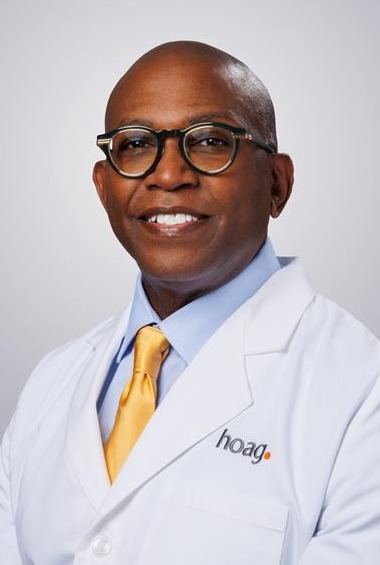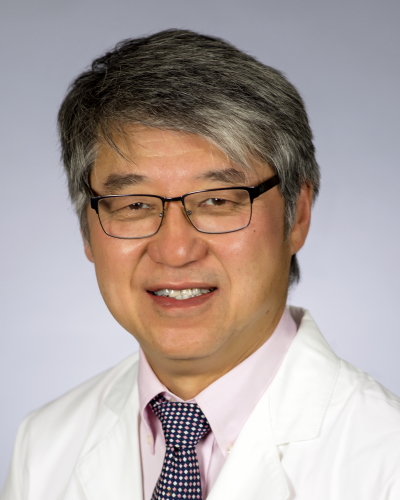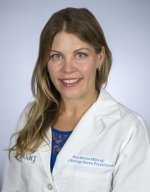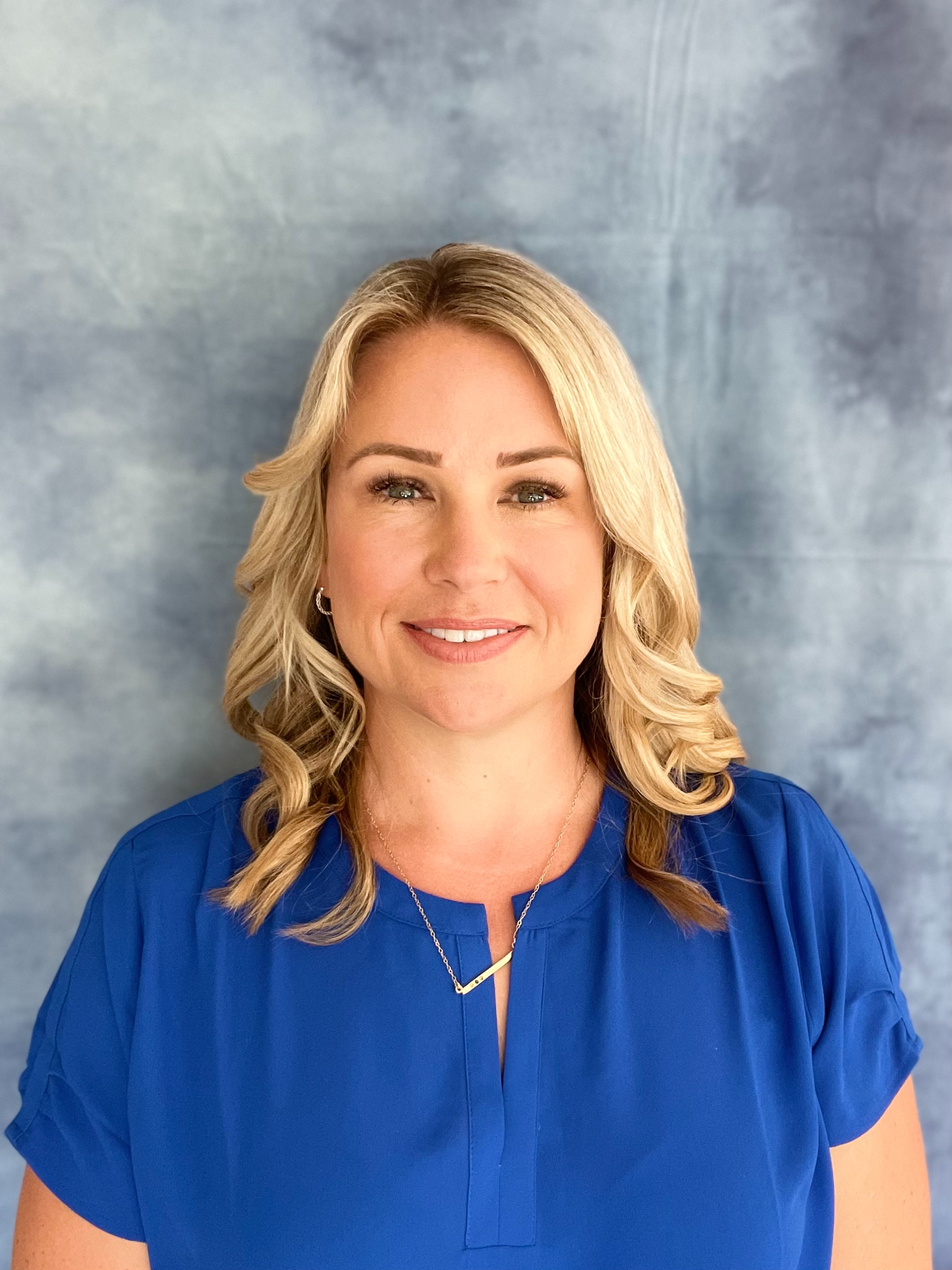Problems with the aorta are often silent killers, causing few noticeable symptoms until a person experiences a ruptured aneurysm or dissection. For this reason, aortic issues are often found accidentally during imaging tests done for other conditions, or after a patient experiences symptoms of aortic dissection, often presenting in an emergency room.
However, if a person has a genetic condition like Marfan syndrome or familial TAAD, or has a direct relative (parent or sibling) with the condition, this can be an important sign that they should get evaluated for genetically-caused connective tissue disorders and aortic disorders themselves.
If you visit a health care provider with symptoms that might suggest you have an aortic disease or an inherited connective tissue that can increase the risk of aortic problems, the physician will usually begin by asking detailed questions about your family history.
These questions will likely focus on whether you or a direct family member has a history of genetic connective tissue disorders, or of cardiovascular problems like heart disease, heart valve disease, heart attack, aortic disease, blockage of the coronary arteries and other issues.
This will likely be followed by a thorough physical exam. Depending on the results of this examination, you may be asked to submit to further aortic cardiac testing to confirm or rule out an issue with the aorta.
